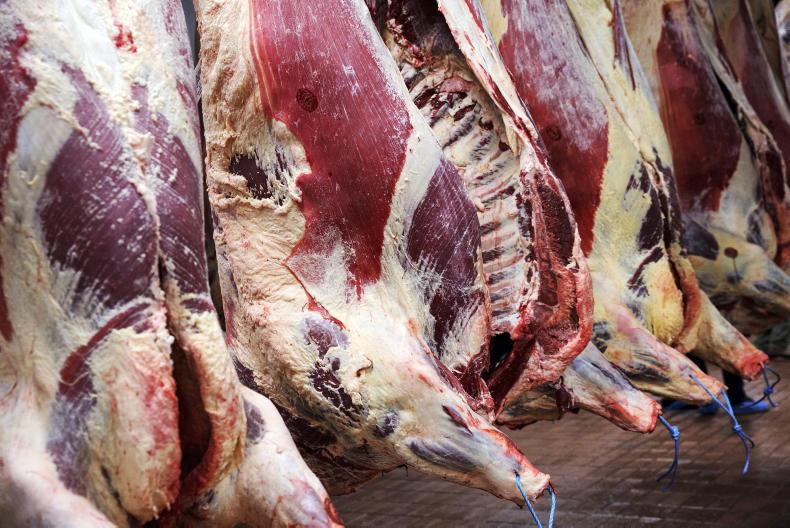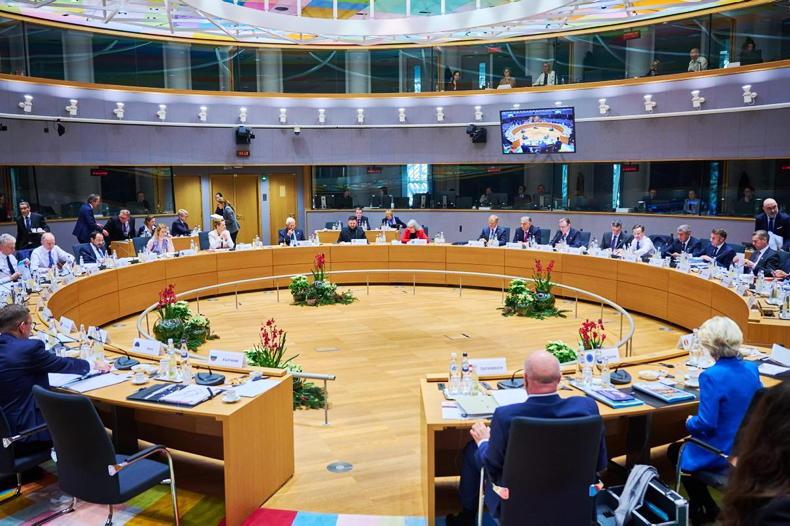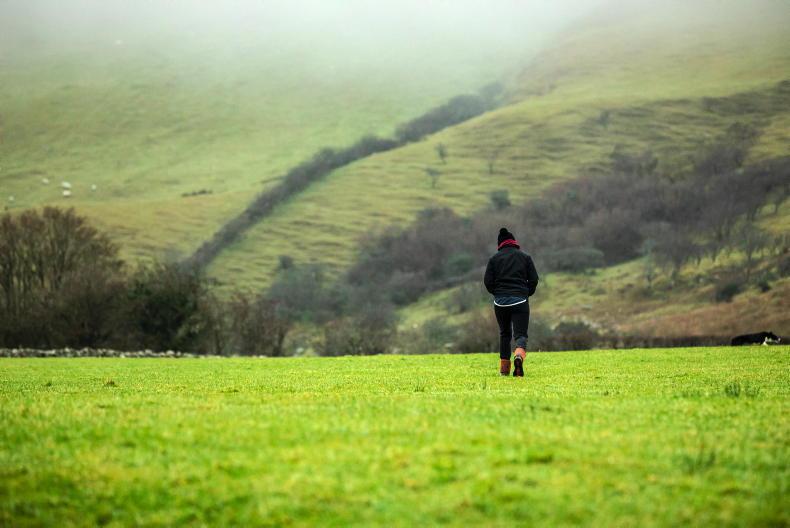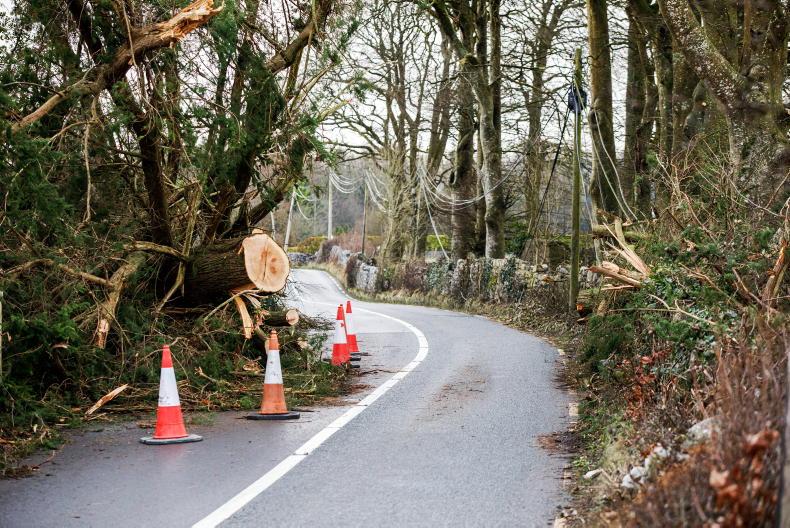While farmers in this part of the world have been experiencing record rainfall over the past eight months, people in the southern regions of Brazil are living through an exceptional flooding experience, with devastating consequences on human life as well as farming and the agri-food industry.
Reuters reports that 140 deaths are linked to the floods, which have been ongoing since torrential rains arrived in the last days of April and have continued up to this week.
Beyond the human cost, meat and dairy processing has been seriously disrupted, with business unable to continue in several locations across the region.
In addition, this is a significant grain-producing region and destruction of crops is widespread where harvesting still had to take place.
This is another contributor to fears in global grain markets about supply following late frosts in Russia and the ongoing uncertainty in Ukraine because of the Russian invasion and ongoing war.
Global issue
Weather has always had a major influence on global agricultural production and, on a global scale, drought has tended to be a greater problem than flooding.
Australia has just, in the past year, restored production following prolonged drought, while the same issue over the past year has reduced livestock output in the UK, with the herd reduced to 1951 levels.
Much of Africa is constantly on the edge of food scarcity and, in other areas, climate problems are compounded by conflict.
While individually these weather events can be considered as a one-off disaster, the frequency and scale supports the suggestion that climate change is very much with us and will be part of life.
This reinforces the urgency of the need to reduce global emissions and while there is general agreement about this, the problem arises with the belief that someone else needs to make the lifestyle changes required to achieve a meaningful reduction.
Contribution from agriculture
Agriculture is a contributor, particularly ruminant livestock and this sector has attracted disproportionate attention. However, it is a wider society problem, with transport and energy demand being major contributors.
Farmers, particularly in Europe, are mindful of their climate responsibilities and while the sector may not be delivering reduction as fast as would be liked, it is on the right direction of travel.
Environmental production constraints are very likely to mean fewer cattle in Ireland in future years and this, combined with changed fertiliser use and better genetics, is likely to mean fewer livestock rather than more.
Irish livestock numbers have been fairly consistent over recent decades, although the ending of milk production quotas in 2015 resulted in an increase.
Dairy expansion is now widely considered to have reached its limit and the commercial reality is that neither beef nor sheep production is sufficiently profitable to drive expansion.
In fact, the opposite is more likely, with the current attractive organic support likely to attract participants from these sectors in particular. Emissions from Irish agriculture may struggle to fall as fast as required, but we can be fairly certain that they won't increase.
Read more
50,000 football fans fly in for Aviva fixture
Increase in low emissions spreading helps reduce ammonia - EPA
‘Urgent’ planning reform needed to meet renewable energy targets
While farmers in this part of the world have been experiencing record rainfall over the past eight months, people in the southern regions of Brazil are living through an exceptional flooding experience, with devastating consequences on human life as well as farming and the agri-food industry.
Reuters reports that 140 deaths are linked to the floods, which have been ongoing since torrential rains arrived in the last days of April and have continued up to this week.
Beyond the human cost, meat and dairy processing has been seriously disrupted, with business unable to continue in several locations across the region.
In addition, this is a significant grain-producing region and destruction of crops is widespread where harvesting still had to take place.
This is another contributor to fears in global grain markets about supply following late frosts in Russia and the ongoing uncertainty in Ukraine because of the Russian invasion and ongoing war.
Global issue
Weather has always had a major influence on global agricultural production and, on a global scale, drought has tended to be a greater problem than flooding.
Australia has just, in the past year, restored production following prolonged drought, while the same issue over the past year has reduced livestock output in the UK, with the herd reduced to 1951 levels.
Much of Africa is constantly on the edge of food scarcity and, in other areas, climate problems are compounded by conflict.
While individually these weather events can be considered as a one-off disaster, the frequency and scale supports the suggestion that climate change is very much with us and will be part of life.
This reinforces the urgency of the need to reduce global emissions and while there is general agreement about this, the problem arises with the belief that someone else needs to make the lifestyle changes required to achieve a meaningful reduction.
Contribution from agriculture
Agriculture is a contributor, particularly ruminant livestock and this sector has attracted disproportionate attention. However, it is a wider society problem, with transport and energy demand being major contributors.
Farmers, particularly in Europe, are mindful of their climate responsibilities and while the sector may not be delivering reduction as fast as would be liked, it is on the right direction of travel.
Environmental production constraints are very likely to mean fewer cattle in Ireland in future years and this, combined with changed fertiliser use and better genetics, is likely to mean fewer livestock rather than more.
Irish livestock numbers have been fairly consistent over recent decades, although the ending of milk production quotas in 2015 resulted in an increase.
Dairy expansion is now widely considered to have reached its limit and the commercial reality is that neither beef nor sheep production is sufficiently profitable to drive expansion.
In fact, the opposite is more likely, with the current attractive organic support likely to attract participants from these sectors in particular. Emissions from Irish agriculture may struggle to fall as fast as required, but we can be fairly certain that they won't increase.
Read more
50,000 football fans fly in for Aviva fixture
Increase in low emissions spreading helps reduce ammonia - EPA
‘Urgent’ planning reform needed to meet renewable energy targets










SHARING OPTIONS